World War Two 1940's House Somewhere in
England
Unfortunately, the World War House has closed. It was
based at Harperley in County Durham. It is no longer there.
page 2
.JPG)
www.bbc.co.uk/history
Kitchen
.JPG)
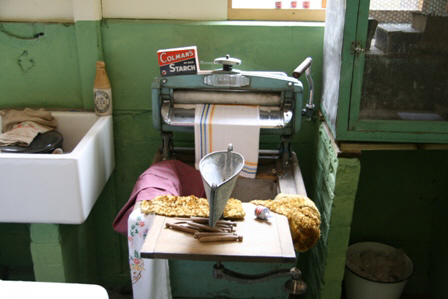
.JPG)
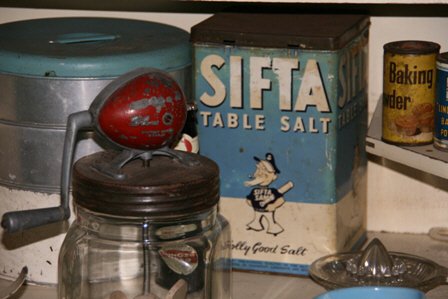
Sifta Table Salt


.JPG)
.JPG)
.JPG)

Glace Angelica
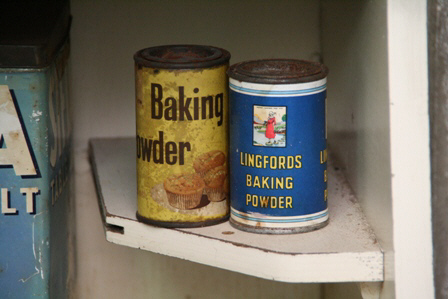
Baking Powder
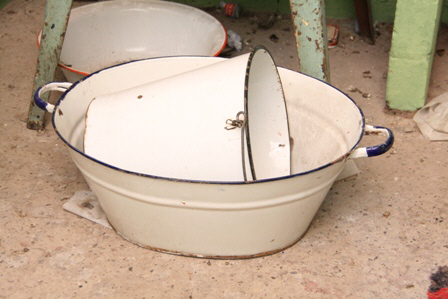
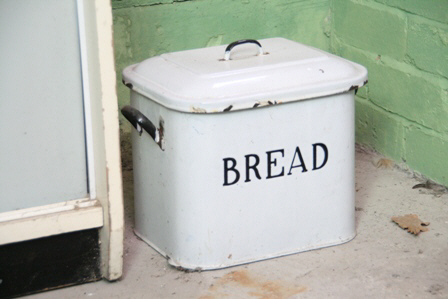
.JPG)
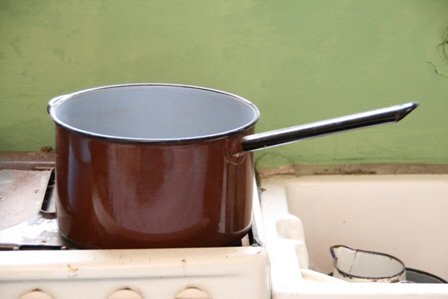

Hovis
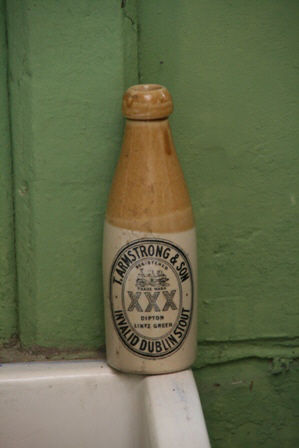
Dublin Stout
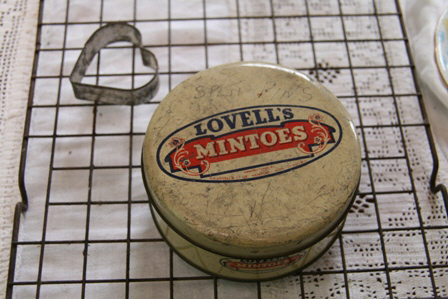
Lovell's Mintoes
.JPG)
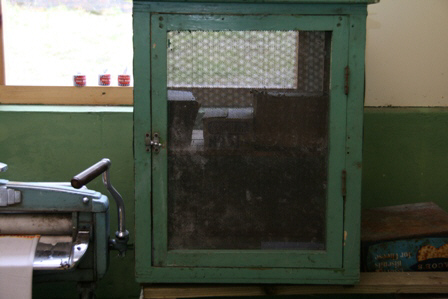
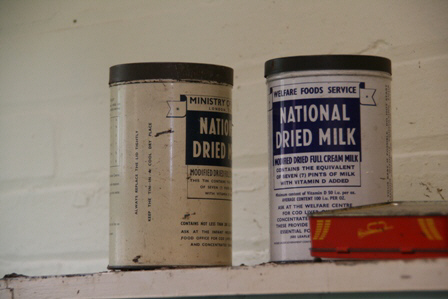
National Dried Milk
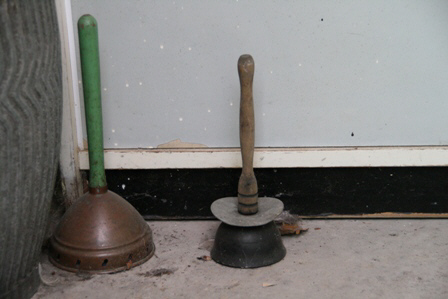
A posser was historically a tool used for possing or mixing laundry while hand
washing it.
As hand washing has been replaced by electric & mechanical washing machines have
become almost universally popular the words & implements have fallen into
disuse.
Possers come in various forms, there is usually a vertical pole with a handle
bar at the top but the base can be conical, with three (or more) legs or
sometimes a flat disk.
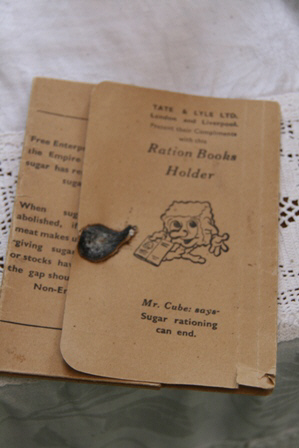
Ration Book Holder
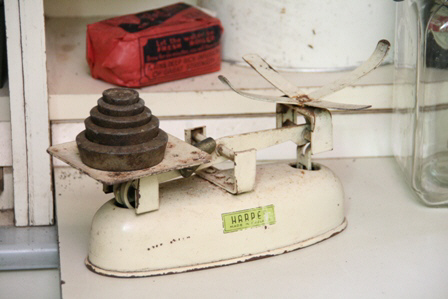

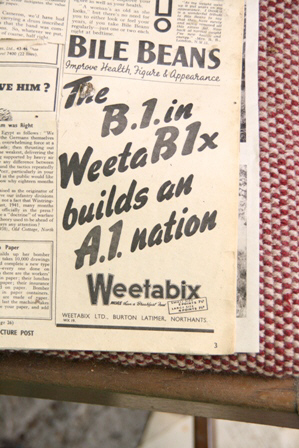
.JPG)
Colman's Starch
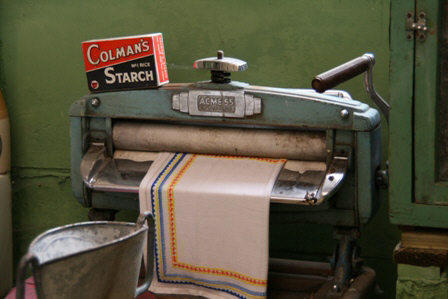
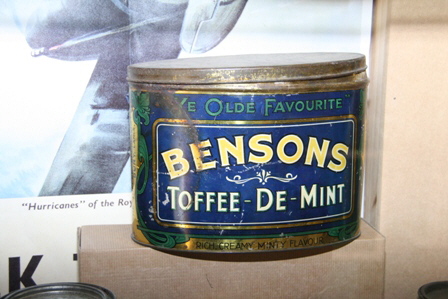
Bensons Toffee De Mint
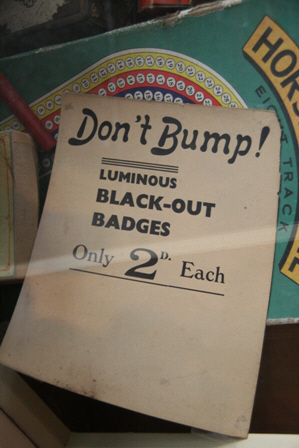
Don't Bump Luminous Black Out Badges
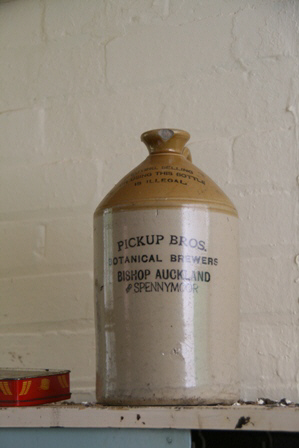

Rationing
Food, clothing, petrol, leather and other such items were rationed. Access to
luxuries was severely restricted, though there was also a significant black
market. Families also grew victory gardens, and small home vegetable gardens, to
supply themselves with food. Many things were conserved to turn into weapons
later, such as fat for nitroglycerin production.
Evacuation
From very early in the war it was thought that the major cities of Britain,
especially London, would come under air attack, which did happen. Some children
were sent to Canada. Millions of children and some mothers were evacuated from
London and other major cities when the war began, but they often filtered back.
When the bombing began in September 1940 they evacuated again. The discovery of
the poor health and hygiene of evacuees was a shock to Britons, and helped
prepare the way for the Beveridge Plan. [7] Children were only evacuated if
their parents agreed but in some cases they didn't have a choice. The children
were only allowed to take a few things with them including a gas mask, books,
money, clothes, ration book and some small toys.
Outside
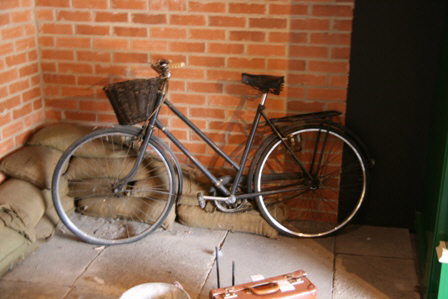
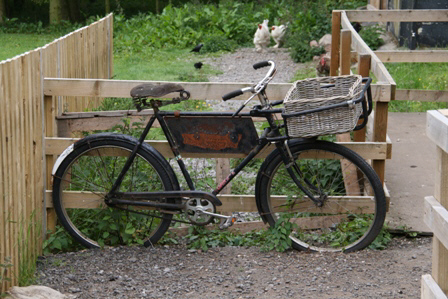
.JPG)
Anderson shelter
The Anderson shelter was designed in 1938 by William Paterson and Oscar Carl
(Karl) Kerrison in response to a request from the Home Office. It was named
after Sir John Anderson, then Lord Privy Seal with special responsibility for
preparing air-raid precautions immediately prior to the outbreak of World War
II, and it was he who then initiated the development of the shelter. After
evaluation by Dr David Anderson, Bertram Lawrence Hurst, and Sir Henry Jupp, of
the Institution of Civil Engineers, the design was released for production.
Anderson shelters were designed to accommodate up to six people. The main
principle of protection was based on curved and straight galvanised corrugated
steel panels. Six curved panels were bolted together at the top, so forming the
main body of the shelter, three straight sheets on either side, and two more
straight panels were fixed to each end, one containing the door — a total of
fourteen panels. A small drainage sump was often incorporated in the floor to
collect rainwater seeping into the shelter. The shelters were 6 ft (1.8 m) high,
4 ft 6 in (1.4 m) wide, and 6 ft 6 in (2 m) long. They were buried 4 ft (1.2 m)
deep in the soil and then covered with a minimum of 15 in (0.4 m) of soil above
the roof. The earth banks could be planted with vegetables and flowers, that at
times could be quite an appealing sight and in this way would become the subject
of competitions of the best-planted shelter among householders in the
neighbourhood. The internal fitting out of the shelter was left to the owner and
so there were wide variations in comfort.
Anderson shelters were issued free to all householders who earned less than £250
a year, and those with a higher income were charged £7. 150,000 shelters of this
type were distributed from February 1939 to the outbreak of war. During the war
a further 2.1 million were erected.
Because of the large number made and their robustness, many Anderson shelters
still survive. Many were dug up after the war and converted into storage sheds
for use in gardens and allotments.
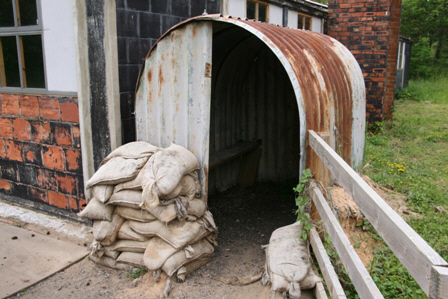
|